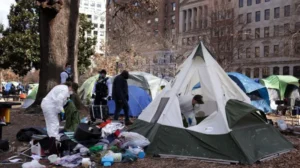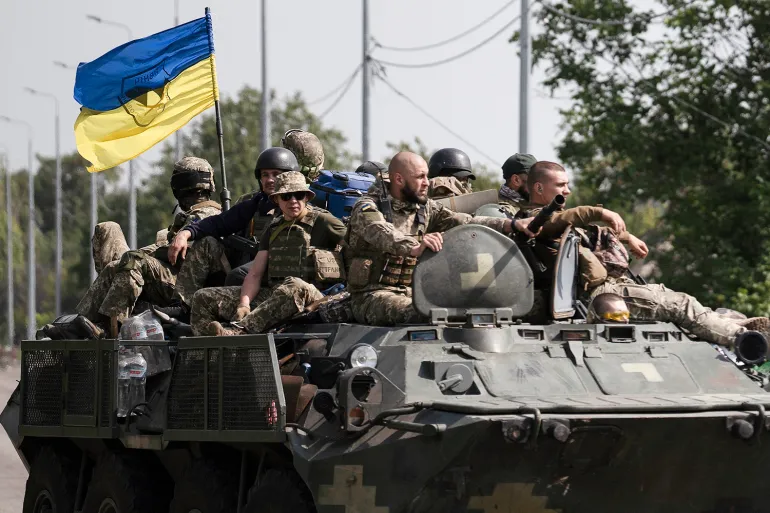
Russia-Ukraine war key events
The Russia-Ukraine war, which began on February 24, 2022, has significantly reshaped global politics, military strategies, and humanitarian responses. As the conflict stretches beyond 1,200 days, key events continue to unfold, capturing international attention and sparking widespread geopolitical ramifications. This article presents a chronological list of key events in the Russia-Ukraine war as they unfolded, written in active voice and optimized for SEO.
Russia Launches Full-Scale Invasion (February 24, 2022)
Russia initiated a full-scale invasion of Ukraine early in the morning by launching missile strikes on major cities, including Kyiv, Kharkiv, and Odesa. Russian troops crossed into Ukraine from the north, east, and Crimea. President Vladimir Putin claimed the move aimed to “demilitarize and denazify” Ukraine, while the world condemned the attack as unprovoked aggression.
Ukrainians Mobilize and Resist (Late February–March 2022)
Ukraine’s military and civilians mounted a strong resistance. President Volodymyr Zelenskyy refused evacuation offers, stating, “I need ammunition, not a ride.” Ukrainians organized defense forces, set up checkpoints, and launched counterattacks, halting Russian advances near Kyiv.
Western Nations Impose Sanctions on Russia
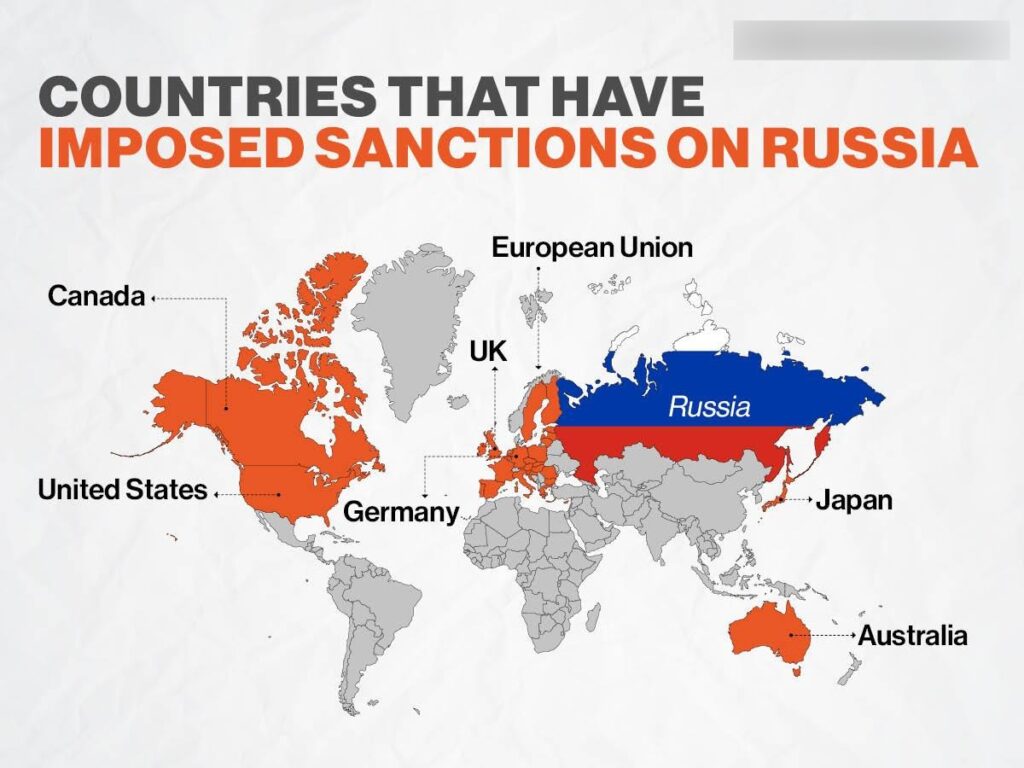
In response, the United States, the European Union, the United Kingdom, and their allied nations imposed sweeping sanctions on Russian banks, energy companies, and oligarchs. Key Russian banks got cut off from SWIFT, and foreign assets of top Russian figures were frozen. These sanctions hampered Russia’s economy and isolated it diplomatically.
Kyiv Offensive Fails (April 2022)
Ukrainian forces pushed back Russian troops from the outskirts of Kyiv by early April. Russia withdrew its forces from the Kyiv region, claiming a strategic shift. Still, satellite images and reports revealed mass civilian killings in Bucha and Irpin, drawing global outrage and allegations of war crimes.
Battle for Donbas Intensifies (May–July 2022)
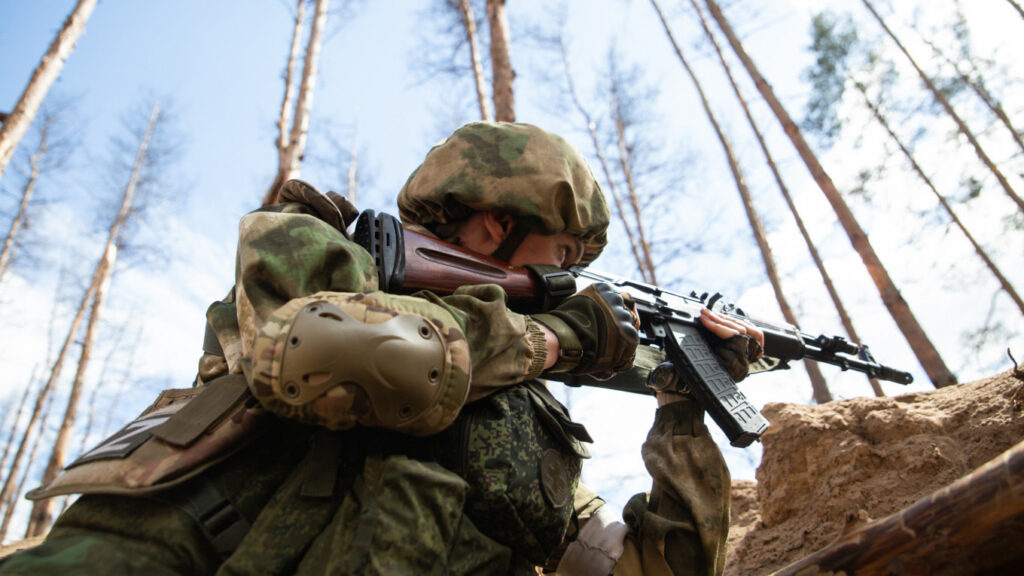
Russia shifted focus to eastern Ukraine, particularly the Donbas region. Fierce battles erupted in cities like Severodonetsk and Lysychansk. Russian troops captured these cities, but Ukrainian soldiers fought back with modern weapons supplied by Western allies.
Western Allies Supply Military Aid to Ukraine
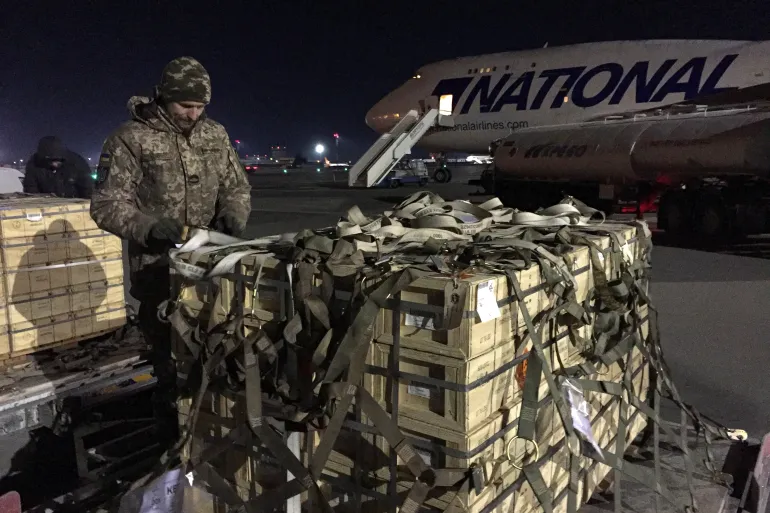
Countries like the U.S., U.K., Poland, and Germany stepped up military aid, providing HIMARS rocket systems, tanks, drones, and artillery. NATO remained cautious not to intervene directly but trained Ukrainian forces and enhanced Eastern European defenses.
Crimea Bridge Attack (October 2022)
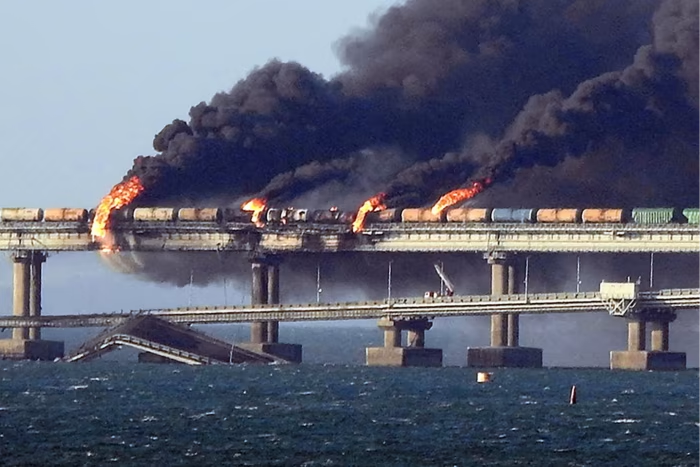
An explosion severely damaged the Kerch Strait Bridge connecting Russia to Crimea. Ukraine did not officially claim responsibility, but the attack symbolized Ukraine’s ability to strike strategic Russian infrastructure. Russia retaliated by bombing Ukrainian energy grids and urban centers.
Ukraine Retakes Kherson (November 2022)
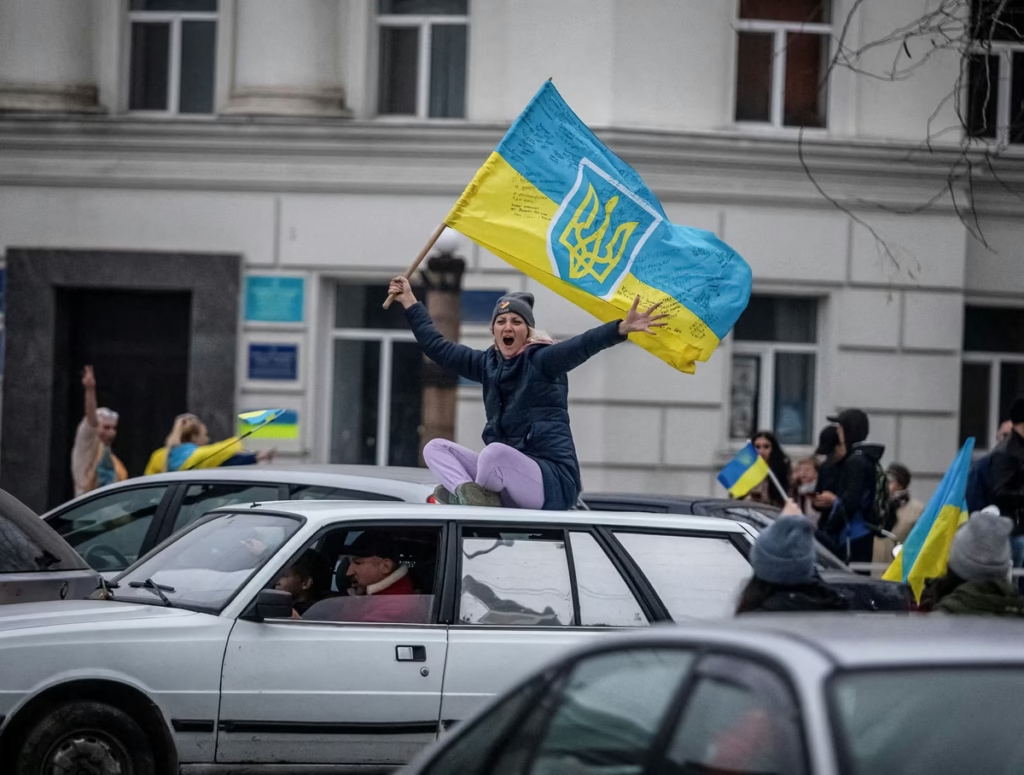
Ukrainian forces launched a southern counteroffensive and successfully liberated Kherson, the only regional capital Russia had captured. This marked a turning point in the war. Russia withdrew troops from the western bank of the Dnipro River.
Winter Energy Crisis (December 2022–February 2023)
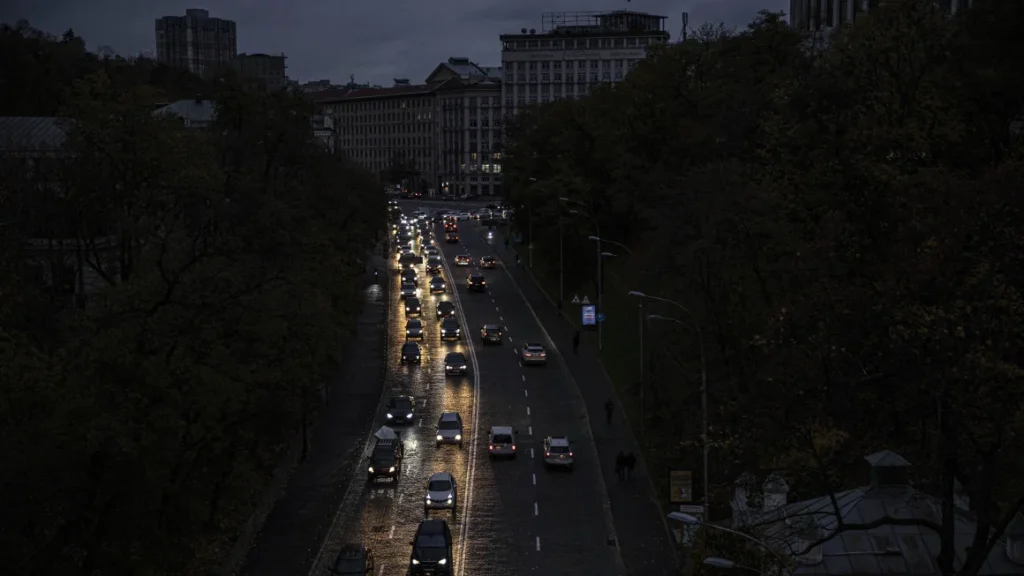
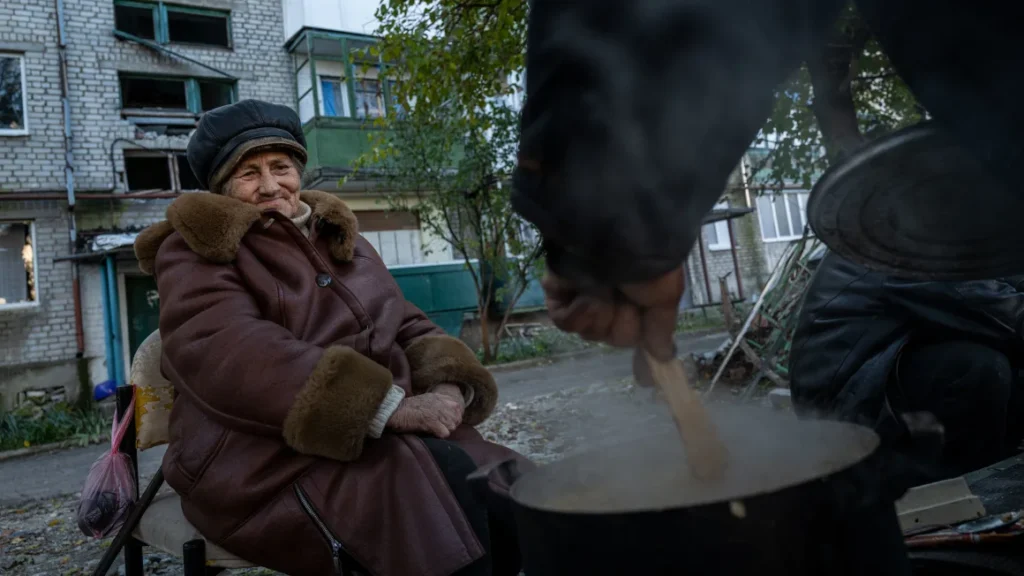
Russia targeted Ukraine’s energy infrastructure, plunging cities into darkness during winter. Ukraine restored power lines repeatedly despite continuous air raids. Europe faced an energy crisis as countries reduced reliance on Russian gas, and natural gas prices soared across the continent.
Battle for Bakhmut (January–May 2023)
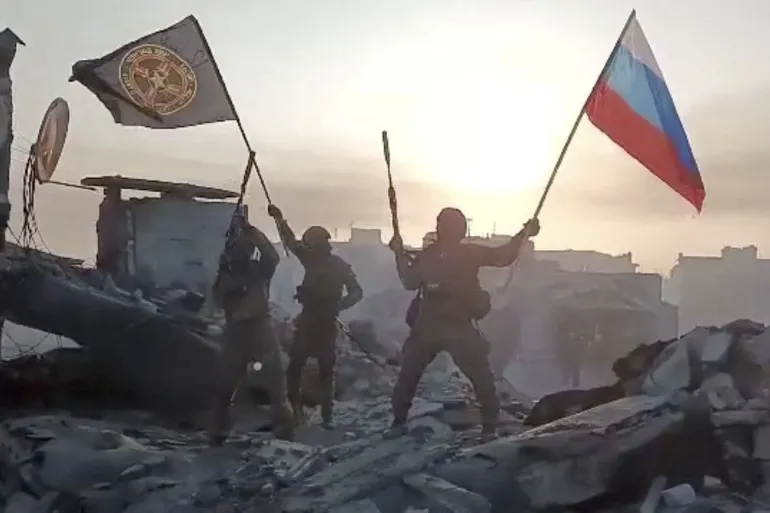
One of the longest and bloodiest battles unfolded in Bakhmut, where Russian forces—led by the Wagner Group—tried to take control. Ukraine defended the city fiercely, and although Russia eventually captured Bakhmut, they suffered heavy losses, weakening their overall offensive momentum.
Wagner Group Mutiny (June 2023)
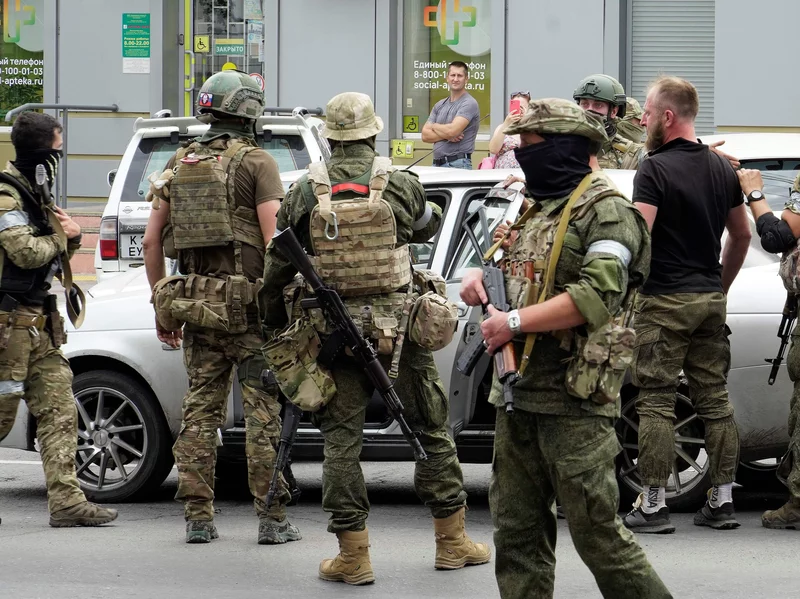
Yevgeny Prigozhin, head of the Wagner Group, led a brief rebellion against Russian military leadership. His forces marched toward Moscow but later aborted the mission. This incident exposed cracks within Russia’s military command and questioned Putin’s internal control.
Ukrainian Counteroffensive (June–October 2023)
Ukraine launched a large-scale counteroffensive across the Zaporizhzhia and Donetsk regions. Although progress remained slow due to Russian minefields and defenses, Ukrainian forces recaptured dozens of villages, applying constant pressure on Russian positions.
Black Sea Drone Attacks and Grain Deal Collapse
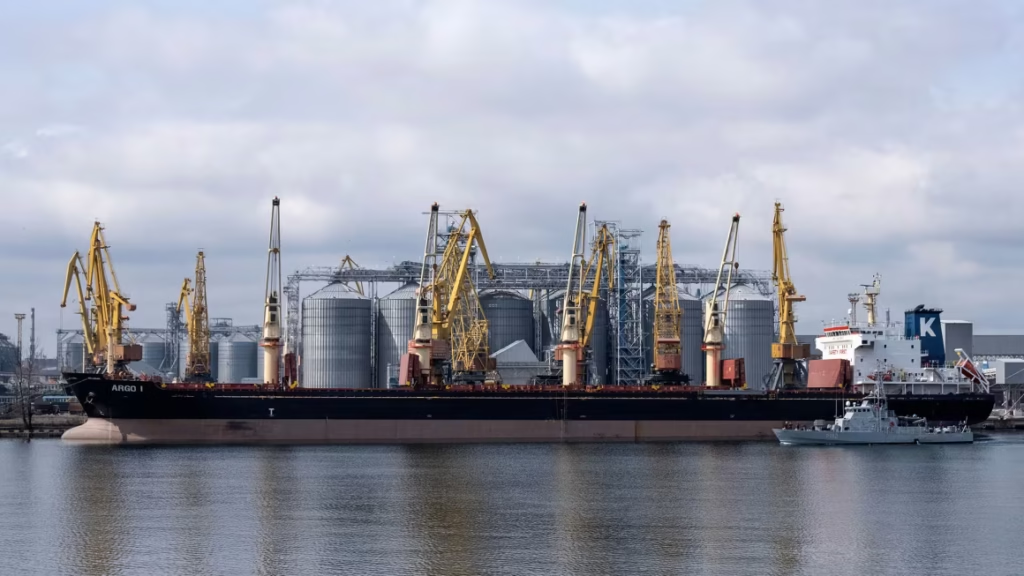
Ukraine used naval drones to strike Russian ships in the Black Sea, challenging Russia’s naval dominance. In retaliation, Russia withdrew from the Black Sea Grain Initiative, risking global food shortages. Ukraine developed alternative routes to export grain via Romania and the Danube.
Western Countries Approve Advanced Weapons (2024)
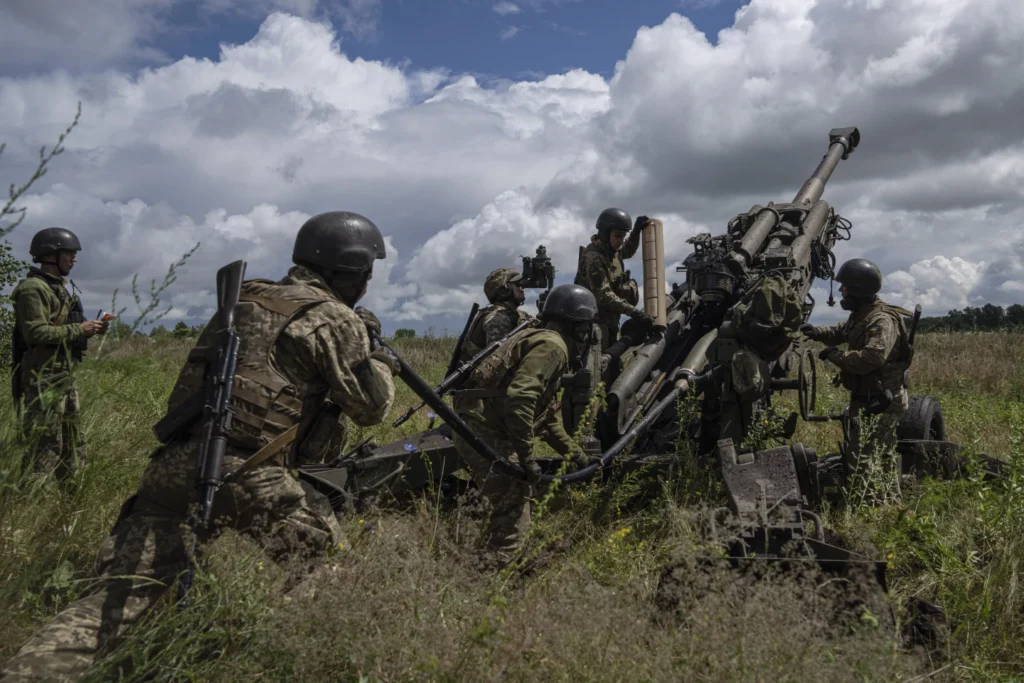
The U.S. and Germany approved deliveries of long-range ATACMS and Taurus missiles to Ukraine. F-16 fighter jets also received clearance, with Ukrainian pilots training in Europe. This shift in aid boosted Ukraine’s capabilities, allowing deeper strikes into Russian-occupied territory.
Putin Wins 2024 Election Amid War
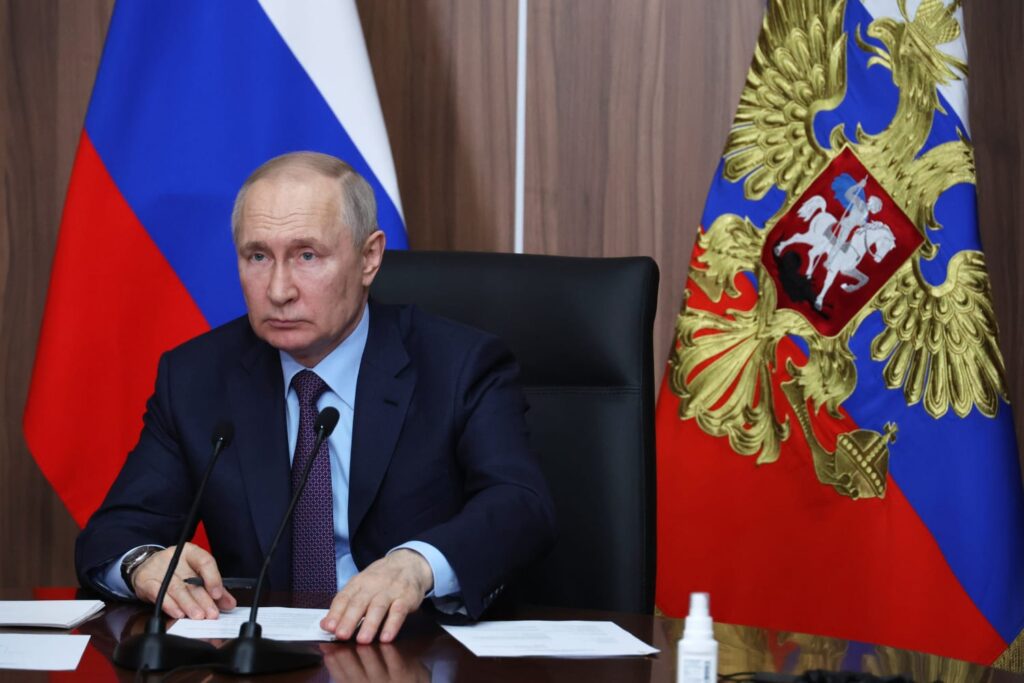
Vladimir Putin secured another term as President in 2024, despite the ongoing conflict. Analysts questioned the fairness of the election, and Western countries denounced it as illegitimate. Still, Putin vowed to continue the “special military operation.”
Drone Warfare Escalates (Late 2024–2025)
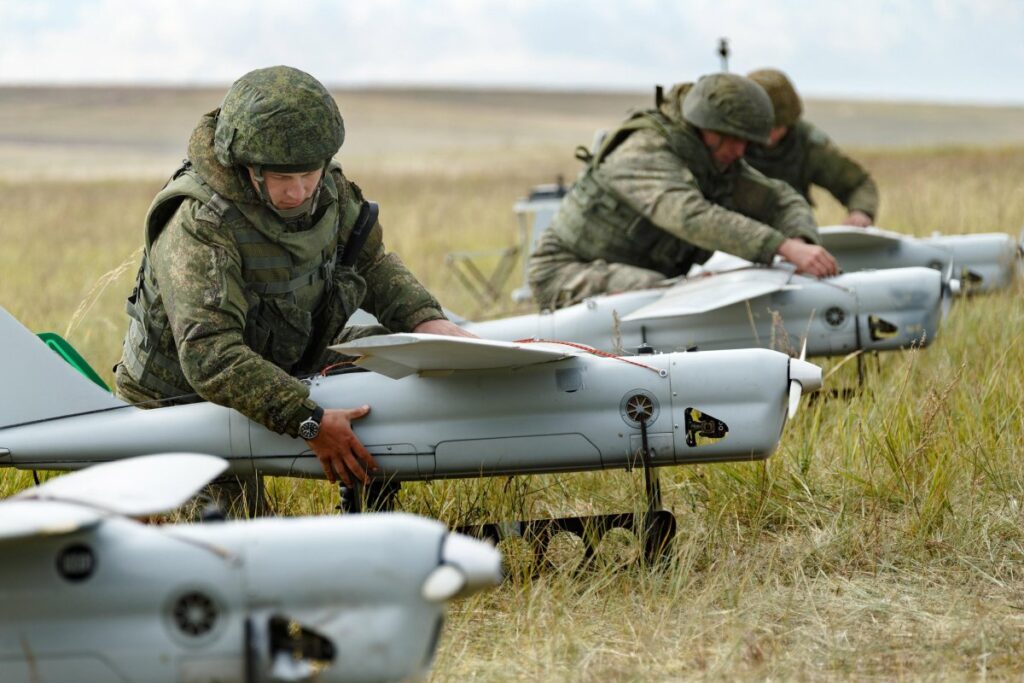
Both sides increased reliance on drones. Ukraine struck oil refineries, depots, and railways deep inside Russia. Russia responded with Shahed drone attacks targeting Ukrainian civilians and infrastructure. Electronic warfare and drone countermeasures emerged as a central focus on both fronts.
Peace Talks and Ceasefire Proposals (Ongoing)
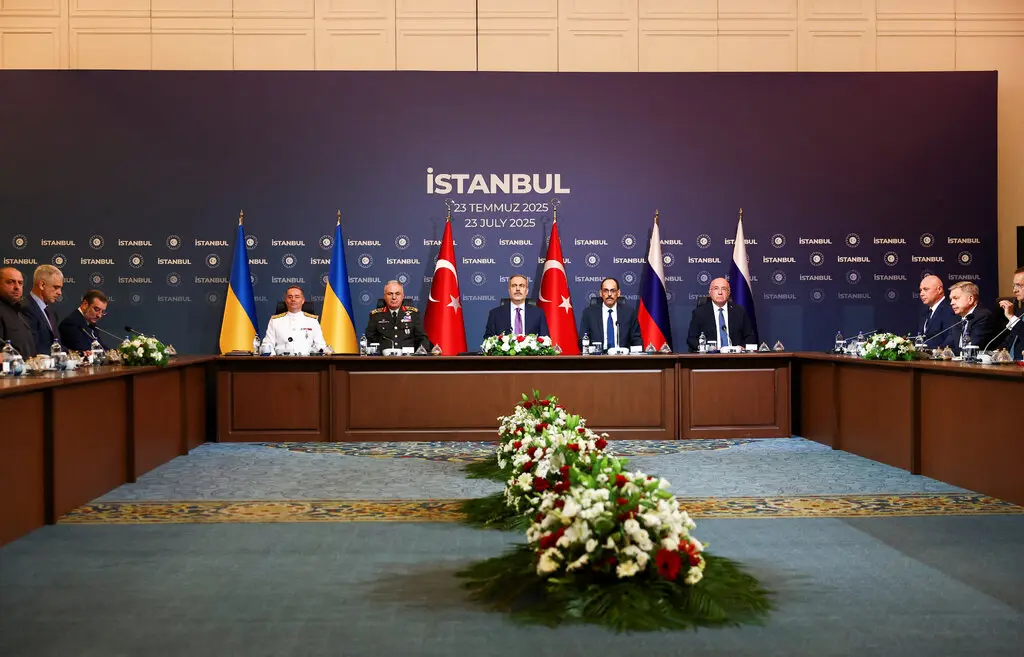
Multiple nations, including China, Turkey, and the Vatican, proposed peace talks. However, both Russia and Ukraine maintain preconditions—Russia demands territorial recognition, while Ukraine insists on full withdrawal. Despite ongoing diplomacy, fighting continues on various fronts.
Current Status: War Continues Beyond 1,200 Days
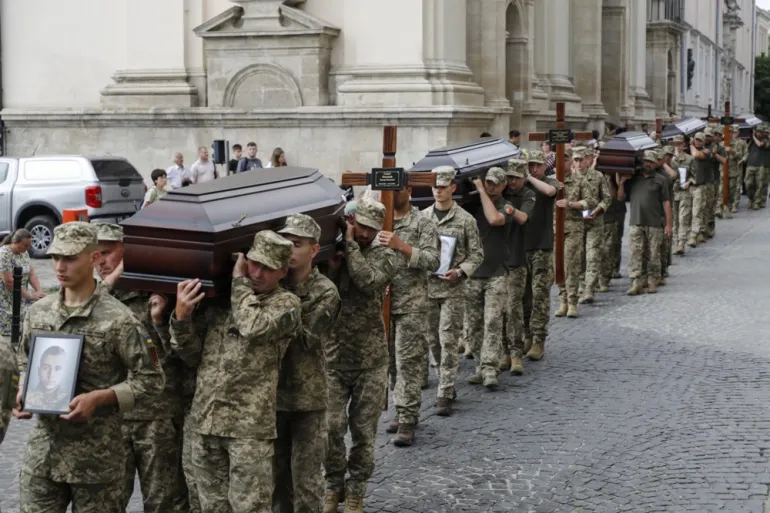
As of day 1,248, the Russia-Ukraine war remains active, with no formal ceasefire. Ukraine continues defending its sovereignty and territory, while Russia maintains its positions in the occupied regions. International sanctions, arms aid, and diplomatic efforts evolve daily as the conflict enters its third year.
Conclusion
The Russia-Ukraine war has triggered a global crisis, affecting everything from fuel prices to food supply and international alliances. As key events continue to unfold daily, the world watches closely, hoping for a peaceful resolution. Ukraine’s resilience and the West’s unified response have reshaped the narrative, but the path to peace remains uncertain.
